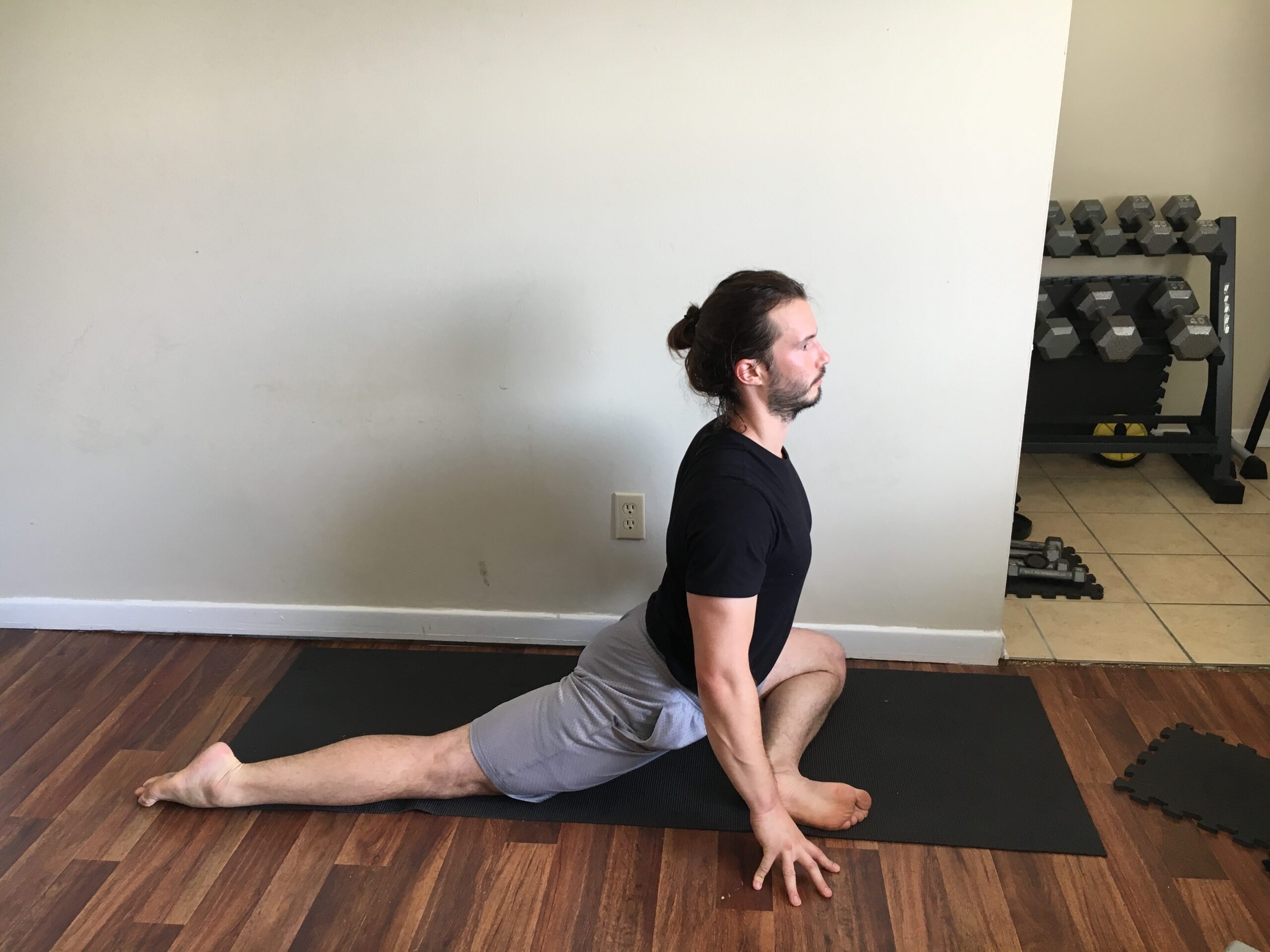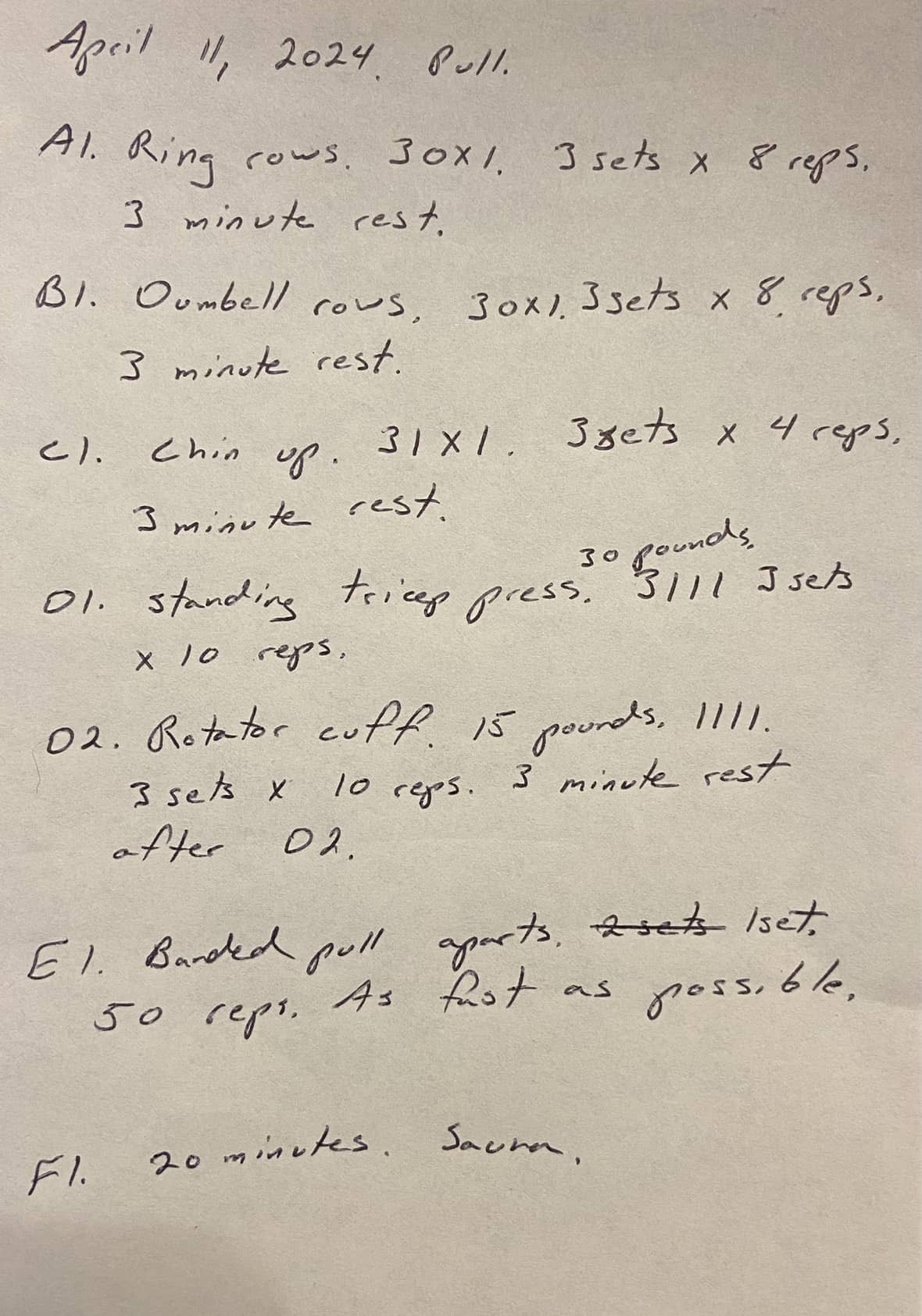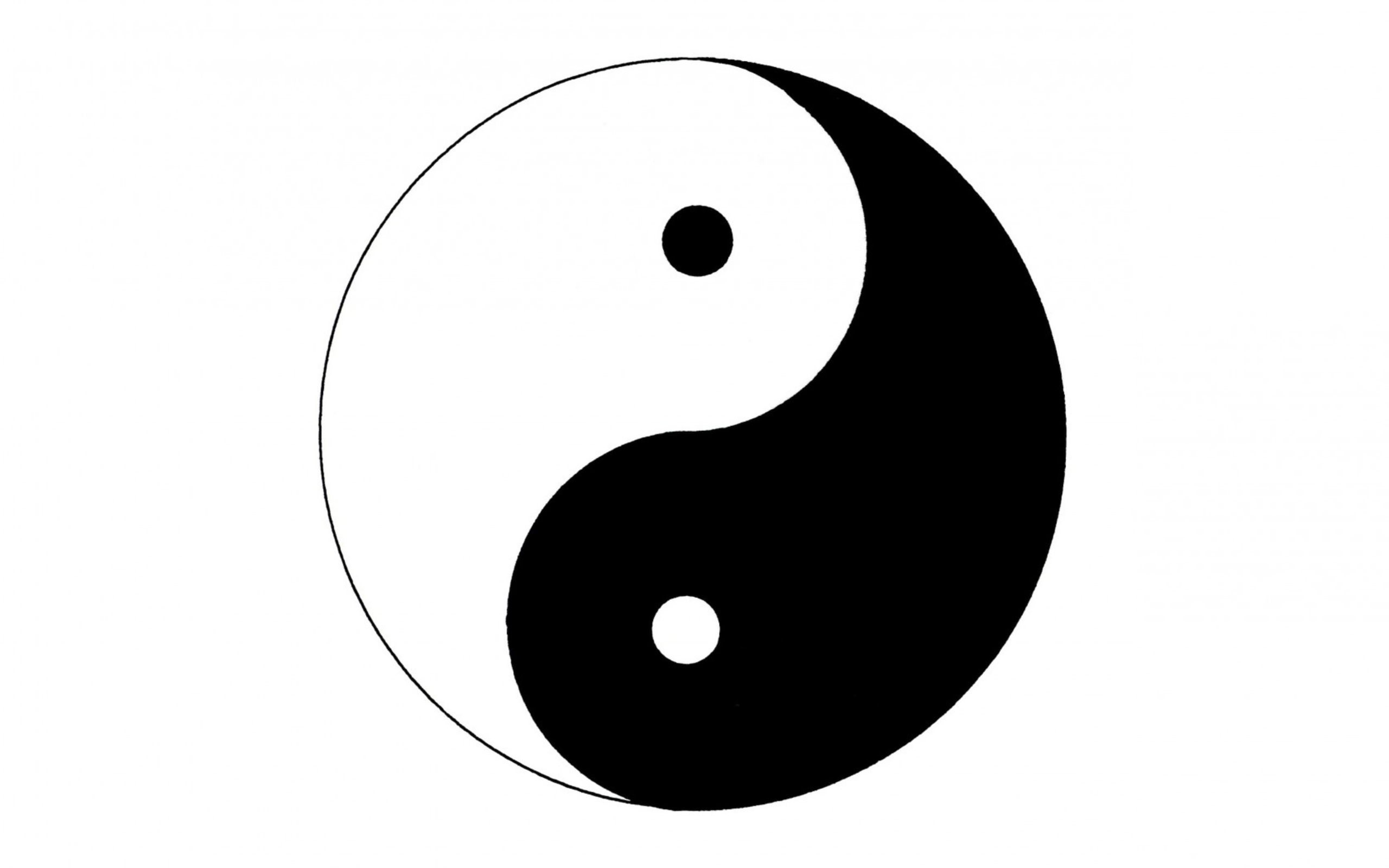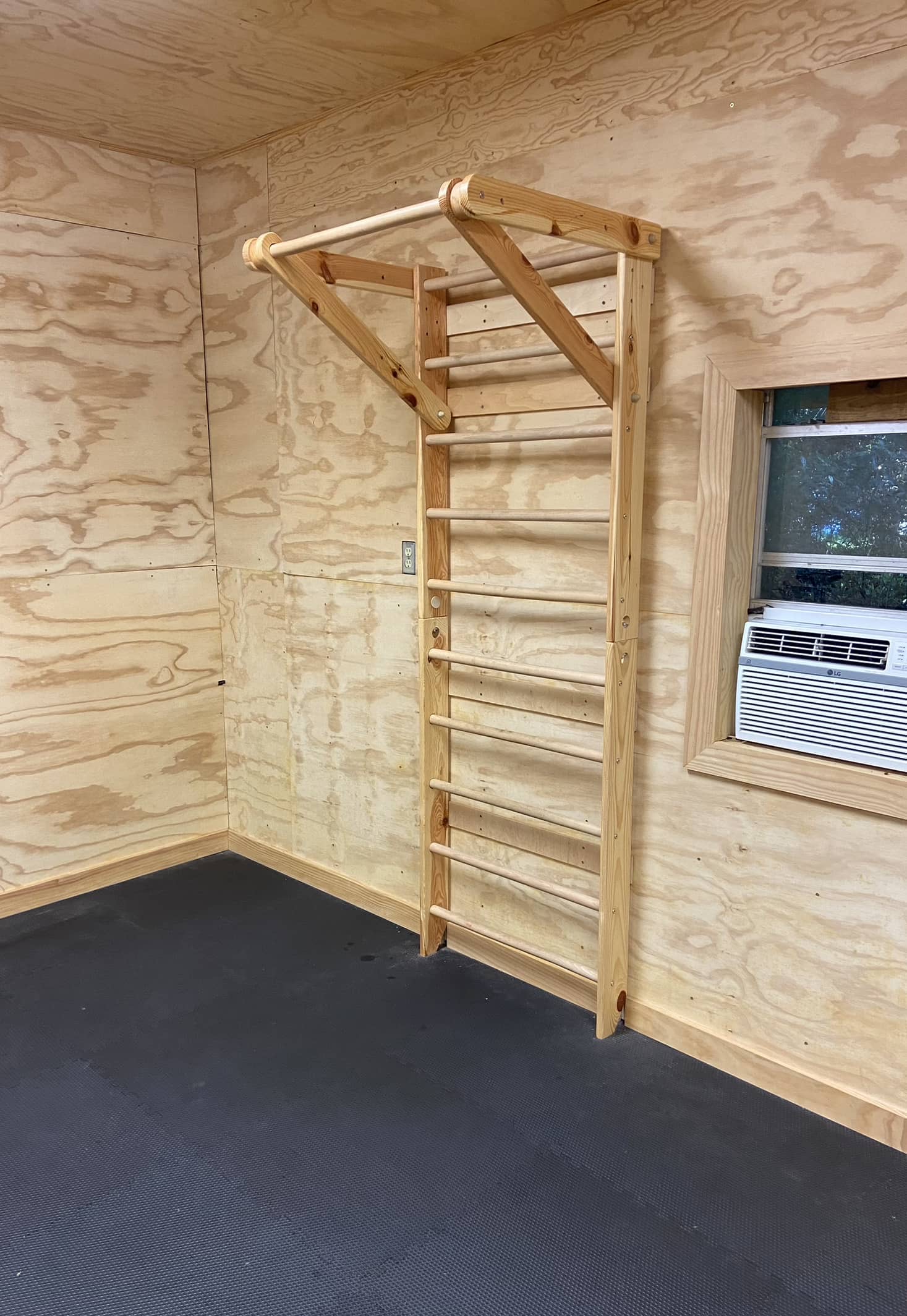Flexibility standards are benchmarks that represent a full, healthy range of motion for a particular joint. What’s considered “normal” flexibility in the general population often differs significantly from the standards seen in ballet, martial arts, and gymnastics. In these disciplines, full flexibility is the norm, setting the bar for what the human body can achieve.
The difference between the general population and martial artists, ballerinas, and gymnasts is particularly evident when it comes to the hips. Movements that represent a full range of motion for the hips include the front split, the middle split, and the pancake, to name a few. While some athletes consider these movements basic, others view them as extreme challenges. This blog post aims to list and describe movements that demonstrate full flexibility in the hips.
This post does not describe how to train flexibility. However, hyperlinks are embedded throughout the text for those who wish to incorporate these ideas into their workouts. Improving your hip flexibility can enhance your overall well-being in several ways. You’ll experience better muscle function, injury prevention, improved range of motion, possible reductions in pain, and an overall improved sense of well-being. Additionally, you’ll find it easier to get on and off the floor and move around more freely. Enhanced hip flexibility allows people to move more efficiently and comfortably, contributing to a better quality of life.
The Hip Joint
The hip joint is a ball-and-socket joint, which is a type of synovial joint. This structure allows for a wide range of motion and is crucial for various activities and movements. The hip joint is where the head of the femur meets and articulates with the pelvis.
The pelvis is composed of four bones:
- Ilium: The uppermost and largest part of the pelvis.
- Ischium: The lower, posterior portions of the pelvis.
- Pubis: The anterior part of the pelvic bone.
- Sacrum: A triangular bone at the base of the spine that forms the back part of the pelvis.
- This joint’s unique structure and the interaction between the femur and the pelvis provide stability and flexibility, essential for supporting the body’s weight and allowing dynamic movements.
Movements Of The Hip
The hip joint enables several types of movements:
- Flexion: Bringing the thigh towards the chest.
- Extension: Moving the thigh backward.
- Adduction: Bringing the leg towards the midline of the body.
- Abduction: Moving the leg away from the midline of the body.
- Medial (Internal) Rotation: Rotating the thigh inward towards the body’s midline.
- Lateral (External) Rotation: Rotating the thigh outward away from the body’s midline.
These movements are essential for various physical activities and contribute significantly to overall mobility and flexibility. Understanding these movements and the structure of the hip joint is crucial for appreciating the importance of hip flexibility.
Major Muscles Of The Hip
It helps to understand the major muscles involved in hip movements. Here is a list of the key muscles:
- Gluteus Maximus: The largest of the gluteal muscles, responsible for hip extension and lateral rotation.
- Gluteus Medius: Located on the outer surface of the pelvis, this muscle is important for hip abduction and medial rotation.
- Gluteus Minimus: The smallest of the gluteal muscles, aiding in hip abduction and medial rotation.
- Pectineus: A hip flexor and adductor located in the upper thigh.
- Adductor Longus: A major adductor of the thigh, contributing to medial rotation.
- Adductor Brevis: Another adductor of the thigh, aiding in flexion and medial rotation.
- Adductor Magnus: The largest adductor, with both adductor and hamstring portions, involved in hip adduction, flexion, and extension.
- Gracilis: A long, thin muscle that adducts the thigh and flexes the leg at the knee.
- Tensor Fasciae Latae: A muscle of the thigh that works with the iliotibial band to stabilize and move the hip.
- Iliopsoas (Iliacus and Psoas Major): Major hip flexors that also contribute to lateral rotation.
- Sartorius: The longest muscle in the human body, aiding in hip flexion, abduction, and lateral rotation.
- Piriformis: A deep gluteal muscle that laterally rotates and abducts the thigh.
These muscles work together to allow for the wide range of movements performed by the hip joint. By understanding the function of each muscle, one can better understand which muscles are being stretched in each standard of flexibility.
Standards Of Flexibility For The Hip
The following movements demonstrate full flexibility for the hips. While these movements are considered basic in disciplines such as ballet, martial arts, and gymnastics, they may seem extreme to the general population. This post aims to clarify what flexibility truly entails and how understanding and raising our flexibility standards can enhance our self-care routines. The movements themselves are not magical; in fact, most people will not achieve these “extreme” ranges of motion. However, striving for these movements as end goals necessitates incorporating preparatory exercises into your routine. It is these preparatory exercises that improve muscle function, range of motion, injury prevention, and overall well-being. The true benefits and “magic” lie in the training process.
Front Split
- Description: The front split involves extending one leg forward and the other leg backward, with the hips squared to the front.
- Perfect Form: Imagine your hips are headlights shining forward. They should stay square and aligned. Your femurs should form a perfect 180-degree angle, and ideally, you should be able to lower all the way to the floor with pointed toes.
- Common Mistakes: Turning the back hip out, bending the back knee, and failing to keep the toes pointed are common issues.
- Tips: The best exercise for improving your front split is the long lunge. This is a loaded stretch that allows you to master every inch of your progression.
- Why It Matters: Achieving a front split demonstrates exceptional flexibility in the hamstrings and hip flexors. Provided that you can do the front split on both sides, the front split demonstrates mastery of hip extension and hip flexion flexibility.
Middle Split
- Description: The middle split involves extending both legs out to the sides, allowing yourself to go all the way to the floor.
- Perfect Form: The legs should extend straight out to the sides with the inner thighs flat on the floor, toes pointing up, and knees facing the ceiling.
- Common Mistakes: Bending the knees, allowing the legs to form a ‘V’ shape instead of a straight line, and pointing toes inward or outward.
- Tips: The quickest way to improve your middle split is to both practice the straddle up and incorporate contract and relax techniques while you are in the split.
- Why It Matters: Mastering the middle split showcases excellent inner thigh flexibility and enhances your overall hip range of motion. The middle split demonstrates mastery of hip abduction flexibility.
Pancake Stretch
- Description: The pancake stretch involves sitting with legs spread wide apart and bending forward at the hips, aiming to touch your chest to the floor.
- Perfect Form: Your back should stay straight and your torso should rest on the floor between your legs. Your legs should remain straight with toes either pointed or flexed facing the ceiling.
- Common Mistakes: The main deficiency people demonstrate is a rounded back and the inability to rest their torso on the floor.
- Tips: sit on a pillow so that you can more easily get into the pancake with a straight back. Practice moving in and out of the position by lifting and lowering your torso without your hands. This is a variation of a good morning, but here we use it in the pancake position.
- Why It Matters: The stretch showcases excellent flexibility of the adductor muscles group. The pancake demonstrates mastery of hip abduction flexibility.
Pigeon Pose
- Description: The pigeon is a yoga pose that involves bending one leg in front of the body while extending the other leg straight back. The pigeon is a super glute and piriformis stretch
- Perfect Form: If you are using a yoga mat, your front shin should be parallel to the front edge of the mat. The back is leg straight, and hips are squared forward.
- Common Mistakes: Allowing the front shin to angle inward, bending the back knee, and letting the hips tilt.
- Tips: Use props under the hips for support and focus on squaring your hips to the front. Use easier progressions and focus on your front split training.
- Why It Matters: The pigeon pose opens the hips and stretches the glutes and hip flexors, which can relieve lower back tension. Provided that you can do the pigeon on both sides, this movement demonstrates mastery of hip flexion and hip extension flexibility.
Horse Stance
- Description: The horse stance involves standing with legs wide apart, knees bent, and thighs parallel to the ground.
- Perfect Form: Your thighs should be parallel to the ground, back straight. It’s ok if your toes turn out, but it is really impressive if you can keep them pointing forward.
- Common Mistakes: Not bending deep enough and rounding the back.
- Tips: 5 step horse stance squats with either your bodyweight or a light dumbbell is a great exercise for beginners. This will help you improve both your adductor strength and flexibility.
- Why It Matters: This stance builds strength and flexibility in the hips and thighs, improving endurance and stability. Perfect form in the horse stance demonstrates extraordinary strength and hip abduction flexibility.
Medial Rotation Squat
- Description: This movement involves starting in a standing position with feet together, then pivoting out heel, toe, heel to a pigeon-toed stance, and finally bending the knees to squat so that the thighs touch.
- Perfect Form: Begin with feet together, pivot out heel, toe, heel until your toes are pointed inward (pigeon-toed). Bend your knees and squat until your thighs touch. Keep your pelvis neutral and your feet flat on the floor. You should feel a deep stretch in the hips.
- Common Mistakes: Inadequate inward rotation of the feet, not bending the knees enough, and failing to keep the thighs touching. Note that there are other variations that allow for the outsides of the feet to come off the floor.
- Tips: Use easier variations like lying on the floor that introduce internal rotation to the hip. Internal rotation is a movement that we seldom do in everyday life.
- Why It Matters: This movement demonstrates mastery of medial rotation of the hip. This is also a great knee conditioning exercise, helping you to avoid injury.
Cossack Squat
- Description: The Cossack squat involves squatting down on one leg while extending the other leg out to the side.
- Perfect Form: The squatting leg should have the foot flat on the ground, the extended leg should remain straight with the foot flexed and the toes pointing toward the sky. The hips should stay level and almost touch the ground.
- Common Mistakes: Bending the extended leg, lifting the heel of the squatting foot.
- Tips: Use your hands for support initially. Reduce the range of motion. Decrease the assistance from the hands and increase the range of motion over time.
- Why It Matters: The Cossack squat enhances flexibility and strength in the hips and legs, and boosts overall balance and coordination. A perfect cossack squat demonstrates excellent flexibility in the adductor muscle group.
Forward Fold (Pike)
- Description: The forward fold involves bending at the hips to bring the torso down towards the legs while keeping the legs straight.
- Perfect Form: Your legs should be completely straight, with your torso touching your thighs. Your hands should ideally reach your feet, and your head should touch your knees or shins.
- Common Mistakes: Bending the knees, not bringing the torso close enough to the thighs, and rounding the back.
- Tips: For someone who has trouble touching their toes, I would simply recommend that they start incorporating the Jefferson curl into their strength routines. 3 sets of 6 twice per week with light weights is perfect for beginners.
- Why It Matters: This movement demonstrates mastery of hip flexion flexibility. Practicing the forward fold improves flexibility in the hamstrings, lower back, and hips, contributing to better overall mobility and posture.
Head-To-Toe
- Description: The head-to-toe stretch involves standing and reaching down to touch your toes with your head. Believe it or not, Chinese martial artists can actually touch their head to their toe.
- Perfect Form: Your legs should remain straight, back straight, and head touching the big toe with flexed ankles and toes..
- Common Mistakes: Bending the knees, rounding the back, and failing to bring the head close to the knees.
- Tips: Ballistic stretching seems to be the only way to achieve this movement. Follow Emmet Louis to learn more about this move.
- Why It Matters: This stretch is probably the most extreme of all the flexibility standards. This movement truly demonstrates mastery of hip flexion flexibility.
Conclusion
Hip flexibility is a crucial aspect of overall physical health, enhancing mobility, reducing the risk of injury, and improving the quality of life. By understanding and aiming for higher standards of flexibility, such as those demonstrated in disciplines like ballet, martial arts, and gymnastics, we can set meaningful goals for our self-care routines.
While the movements discussed in this post, such as the front split, middle split, and pancake stretch, may seem extreme to many, the journey towards achieving these goals is where the real benefits lie. Incorporating preparatory exercises, strength training, and techniques like Proprioceptive Neuromuscular Facilitation (PNF) into your routine can significantly improve muscle function, range of motion, and overall well-being.
Remember, flexibility is not just about achieving a particular pose; it’s about the process of consistent training and gradual improvement. Each step you take towards better flexibility enhances your body’s capabilities and contributes to your overall health.
Embrace the journey, incorporate these movements into your routine, and use the tips provided to safely and effectively improve your hip flexibility. Your body will thank you for the effort, rewarding you with greater ease of movement, reduced pain, and improved performance in various physical activities. Stay committed, be patient with yourself, and enjoy the process of becoming more flexible and resilient.




